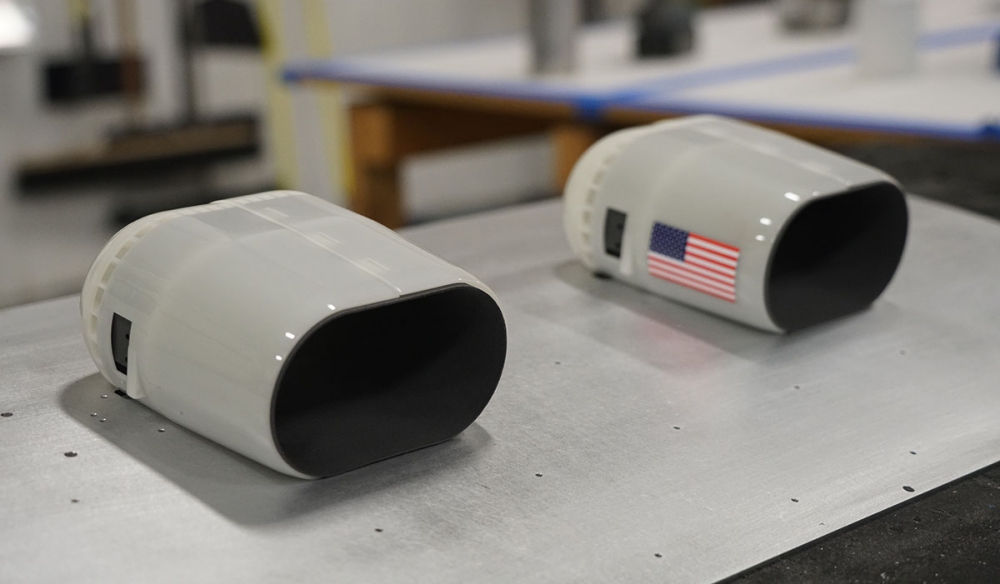was recently awarded two 2021 Small Business Technology Transfer (STTR) contracts from the USAF to further characterize the noise of its patented Fluidic Propulsive System (FPS) in an anechoic chamber wind tunnel and to prove that the FPS used with an Upper Surface Blown Wing (USB) configuration will produce specific lift force levels similar to those of a rotor-wing aircraft, yet without moving parts.
For the first contract, Jetoptera has partnered with the University of Notre Dame (Professor Scott Morris) to employ the anechoic wind tunnel in their Turbomachinery Labs and characterize the aero performance and acoustics signature of the FPS and compare it to similar thrust propulsors currently employed in Unmanned Aerial Vehicles (UAV) and Urban Air Mobility (UAM) concepts.
“We will compare the FPS and three other propulsion technologies that are the legacy propulsors for Vertical Take Off and Landing (VTOL) UAVs and UAM vehicles using a similar power supply for each. Having already established our FPS lower noise emissions potential versus a propeller under another program, this time we will be using an anechoic chamber and a different measurement system, with the goal of confirming the advantages of the propulsion technology we have invented” said Dr. Andrei Evulet, CEO of Jetoptera, Inc.
Jetoptera has also partnered with the University of Washington (Professor Alberto Aliseda) to employ the Kirsten Wind Tunnel to demonstrate feasibility of lift and thrust augmentation by a wing-integrated Fluidic Propulsion System via the Boundary Layer Ingestion and Upper Blown Surface Jet Mechanisms. Our goal is to find the maximum vertical lift produced with this combination and demonstrate that by distributing the FPS along a wing we can produce a specific lift force (lbf/hp) similar to a low disk load rotor employed by rotary wing aircraft.
“We will investigate and find the optimal architecture for the use of the wing for VTOL in conjunction with the FPS™ and how it could match the performance of a rotor, by using the same power, but without the large, noisy, moving parts,” said Dr. Evulet.
“We are on the technological design path to demonstrate that an aircraft using the FPS is quieter, faster, simpler, more compact and less expensive than a rotor or propeller driven aircraft. Combined with FPS’ agnosticism to energy sources – it can be powered by jet fuels, Diesel, SAF, hydrogen or electric – we are confident about the superiority of our propulsion solution as noise, safety and performance continue to be major challenges in unmanned and manned aviation,” added Dr. Evulet.
The period of performance is six months for each contract.
Source: Press Release

